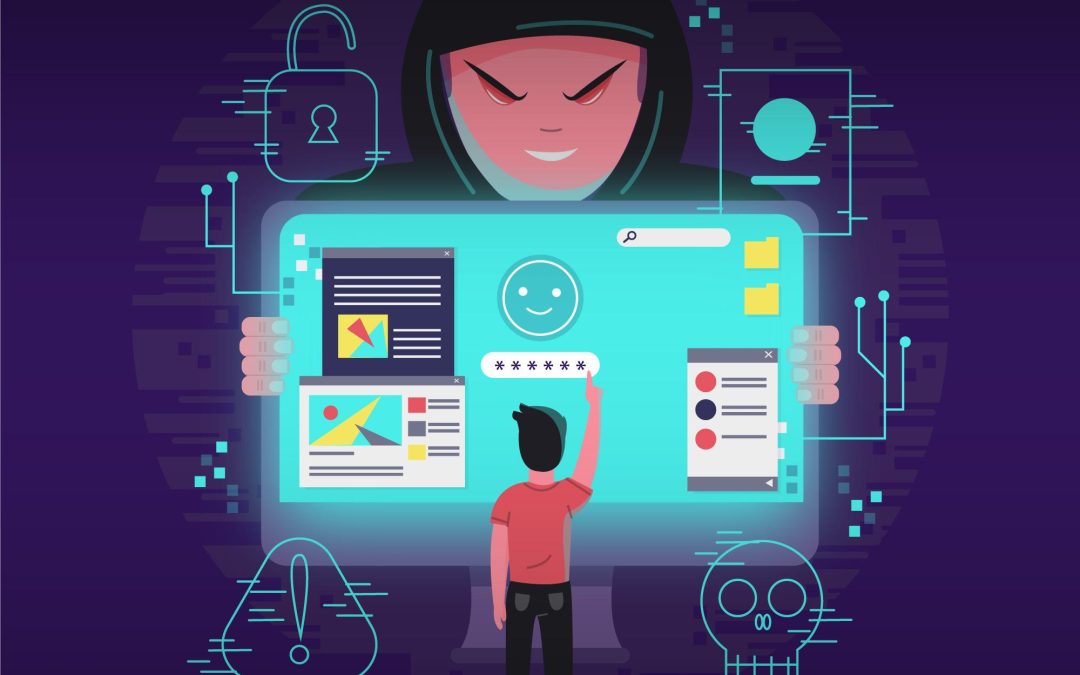In today’s swiftly evolving digital environment, the importance of strong cybersecurity has reached unprecedented levels. Ethical hacking—also known as white-hat hacking or penetration testing—is essential for safeguarding digital systems and infrastructure. At the heart of its rise and development is the power of computing. This blog explores how computing has profoundly influenced the growth, efficiency, and reach of ethical hacking in modern cybersecurity.
The Foundations of Ethical Hacking
Ethical hacking involves authorized attempts to gain unauthorized access to a system, application, or data, with the intent of identifying security vulnerabilities and fixing them before malicious hackers can exploit them. As the digital ecosystem expands, the demand for skilled ethical hackers continues to grow. This demand is fueled by the increasing complexity of digital systems, cloud computing, IoT devices, and mobile networks, all of which are deeply embedded in the fabric of today’s computing infrastructure.
Computing as the Backbone of Ethical Hacking
Modern ethical hacking wouldn’t be possible without the advanced capabilities provided by computing. Ethical hackers can more effectively simulate attacks, assess vulnerabilities, and evaluate security systems thanks to high-speed processing, extensive storage capabilities, and advanced algorithms. The computing power available today enables the automation of repetitive tasks, significantly reducing the time and effort required to perform in-depth security audits.
Additionally, computing has facilitated the development of realistic testing environments using virtualization and containerization technologies. Ethical hackers can now replicate a company’s infrastructure using virtual machines and containers to conduct penetration testing without risking actual business operations.
Tools and Techniques Powered by Computing
Computing has driven the rise of ethical hacking through advanced tools like Metasploit, Nmap, and Wireshark, which analyze vulnerabilities and test systems for security weaknesses. Artificial intelligence and machine learning improve threat detection by analyzing large volumes of data and spotting anomalies in real-time. Cloud computing offers scalable resources, enabling ethical hackers to assess and secure cloud-based services. As businesses shift to the cloud, computing ensures ethical hackers stay equipped for evolving security challenges.
The Role of Big Data and Analytics
Ethical hacking often involves analyzing large volumes of data to uncover vulnerabilities and track cyber threats. Computing plays a critical role in this process by enabling high-performance analytics. Big data technologies, such as Hadoop and Spark, allow ethical hackers to process logs, system data, and network traffic efficiently.
By leveraging computing-driven data analytics, ethical hackers can uncover patterns and correlations that might indicate a potential breach. This capability is essential for proactive threat detection and timely incident response. As cyber threats become increasingly sophisticated, the ability to analyze large datasets effectively becomes a vital asset in the ethical hacker’s toolkit.
Ethical Hacking and the Future of Computing
The future of ethical hacking is intrinsically linked to advancements in computing. As technologies like quantum computing, edge computing, and AI evolve, ethical hacking will need to adapt accordingly. Quantum computing, for instance, has the potential to render current encryption methods obsolete, which will require ethical hackers to explore new security paradigms.
Edge computing, which processes data closer to its source, presents new security challenges because of its decentralized structure. Ethical hackers must devise innovative methods to secure these distributed systems, with computing serving as a vital tool in designing and testing those solutions.
Artificial Intelligence will further enhance ethical hacking by providing intelligent automation, adaptive learning, and predictive capabilities. These advancements will make ethical hacking more efficient, accurate, and responsive to emerging threats.
Conclusion
Computing has transformed ethical hacking by enabling sophisticated tools, flexible testing platforms, and deep data analysis capabilities. It serves as the foundation of modern cybersecurity, helping defend against evolving digital threats. As cyber risks grow, ethical hackers must leverage ongoing innovations in computing, adopt new technologies, and refine their methods. The future of cybersecurity depends on this synergy, ensuring robust protection for businesses, governments, and individuals in an increasingly digital world.


